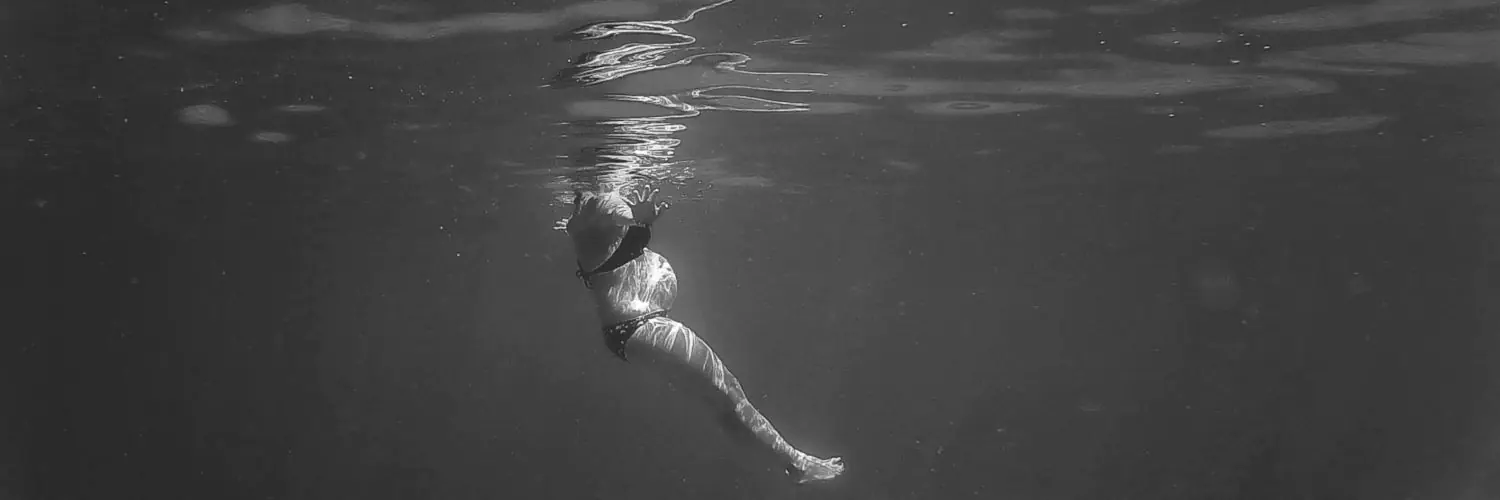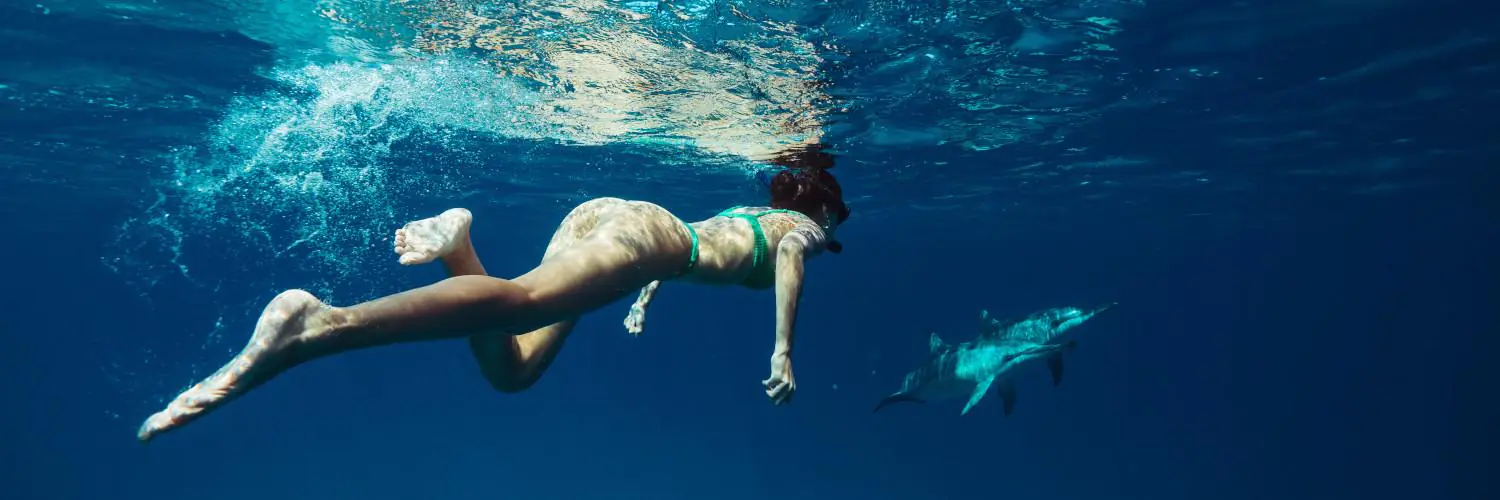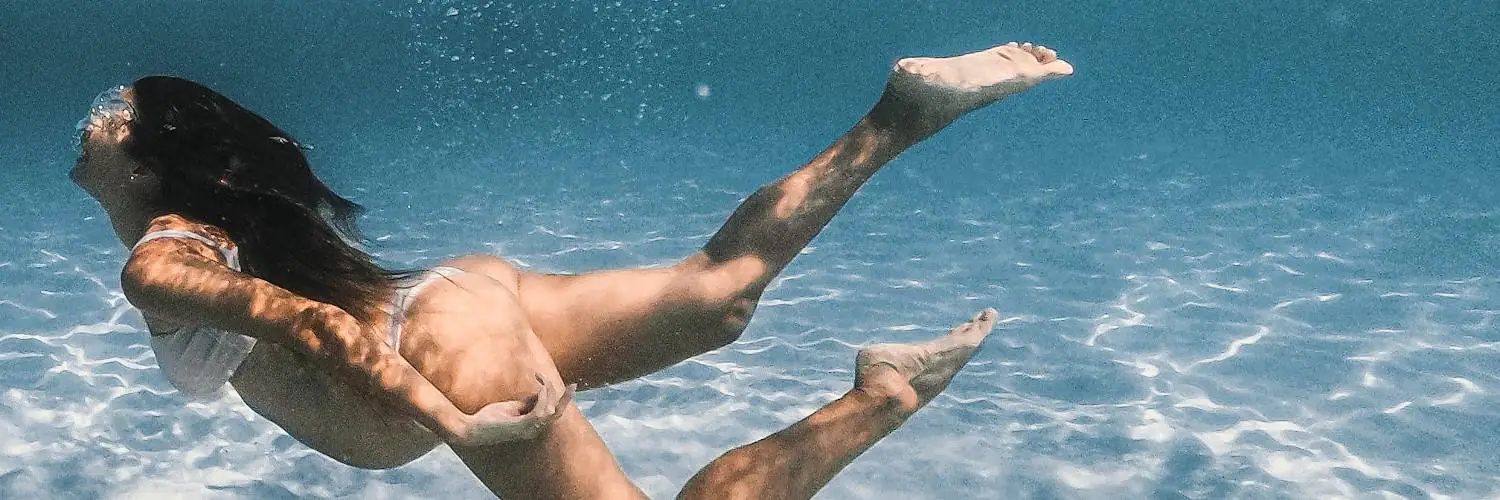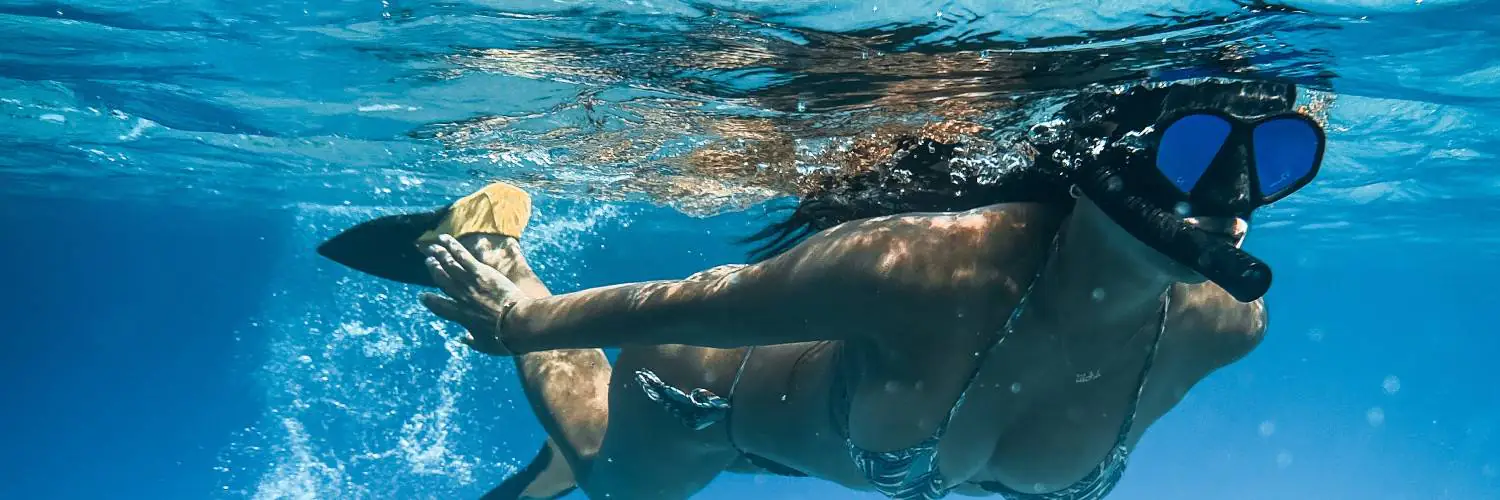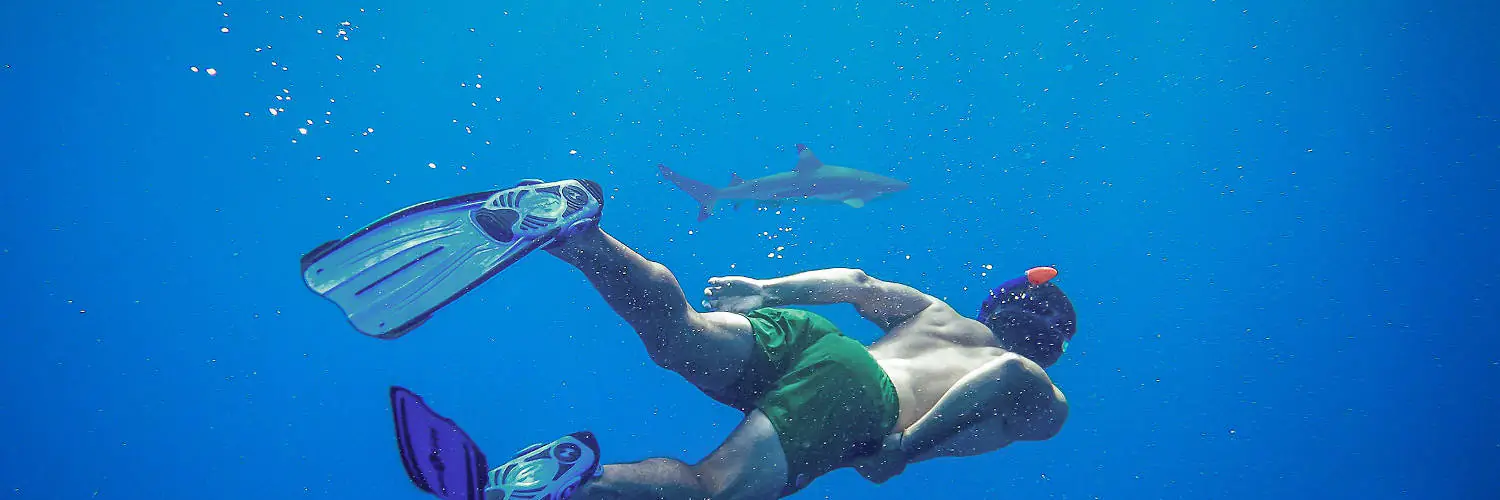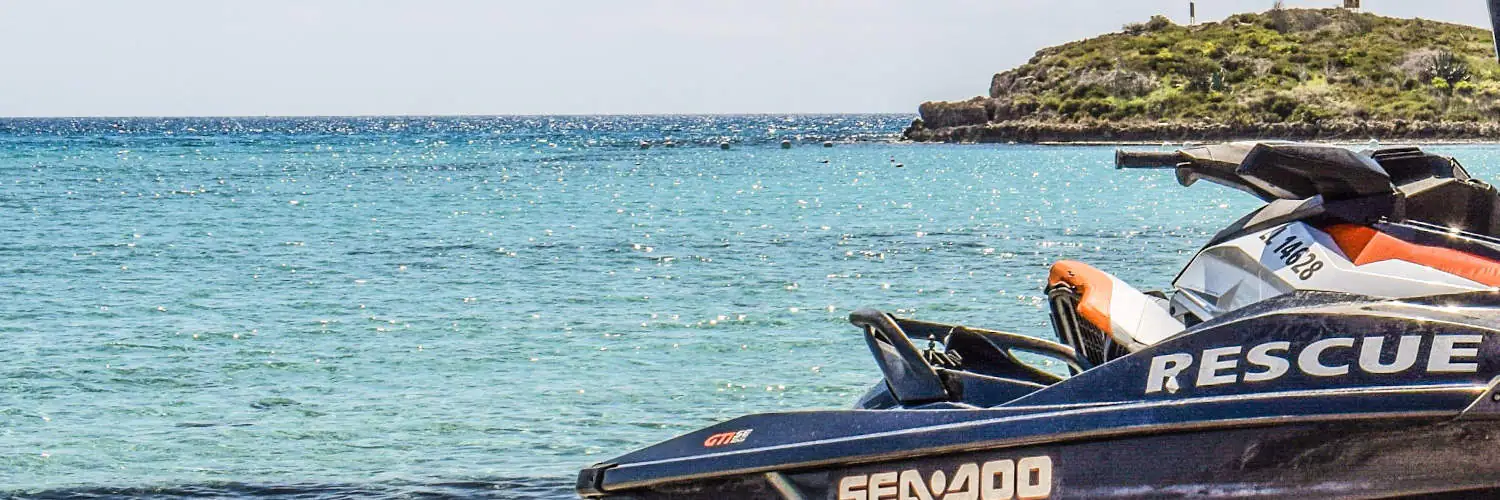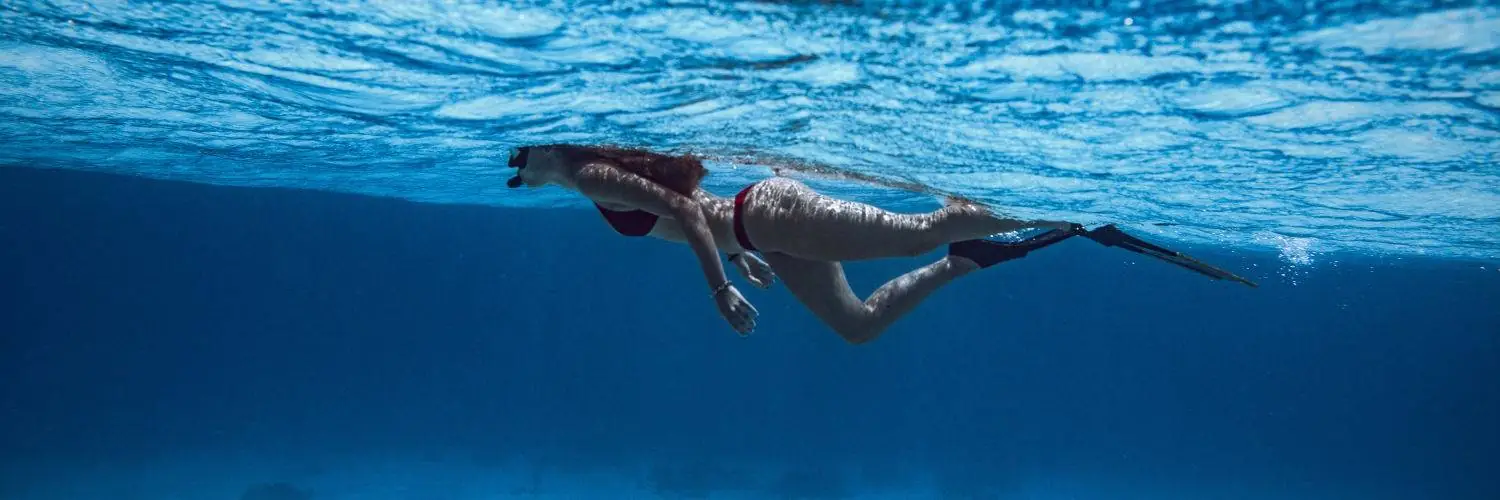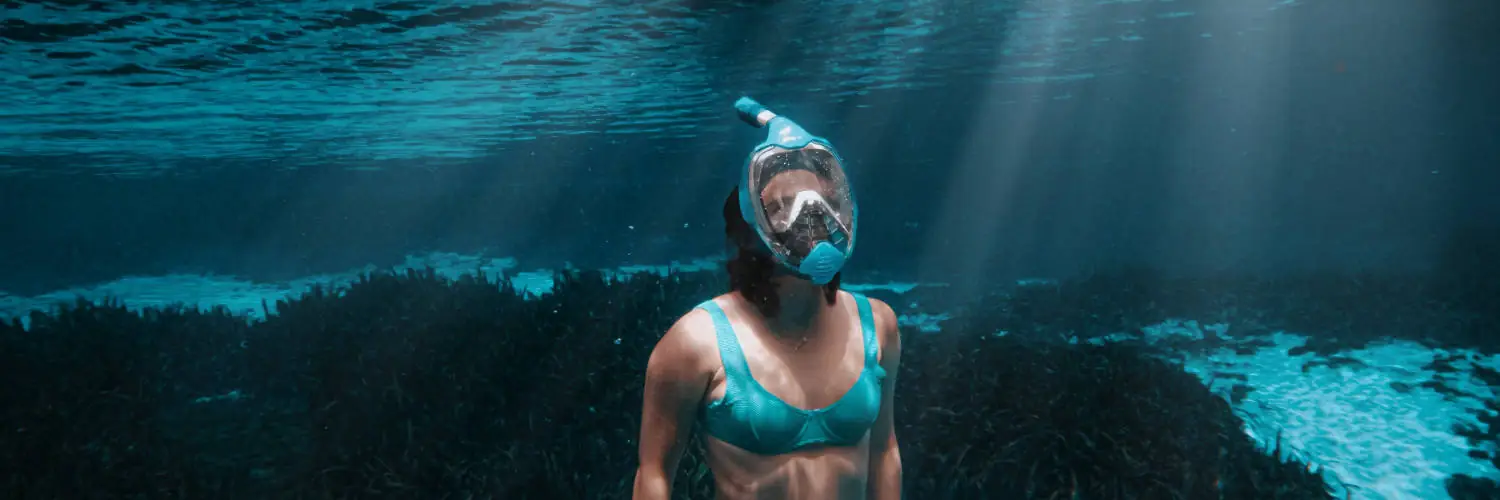Table of Contents
Snorkeling Observation Buoys: Enhancing Safety and Visibility in Water Sports
Snorkeling allows people to enjoy the underworld using minimal equipment and is a widely beloved activity on the water. A snorkeling observation buoy is one accessory that is used to ensure safety. To prevent potential accidents, buoys signal that there are snorkelers to nearby boats using dive flags.
Visibility and functionality are the focus of the design of a snorkeling observation buoy. Often brightly colored, the buoy can be easily spotted from a distance, providing a clear indication that a snorkeler is in the water. Snorkelers who need to take a break or are dealing with cramps or fatigue can use the resting platform, a commonly included feature. This feature is especially important as it allows individuals to rest without having to return to the shore or a boat.
In addition to safety, snorkeling observation buoys can also serve as a buoyancy aid. This helps folks who are new to snorkeling or not strong swimmers. Enabling snorkelers to enjoy longer periods exploring marine environments with greater peace of mind, they help snorkelers conserve energy and are also a personal marker and flotation device. The importance of safety while enhancing the overall snorkeling experience is reinforced by using them as snorkeling continues to grow in popularity.
Understanding Snorkeling Observation Buoys
For safety and monitoring purposes, snorkeling observation buoys serve as vital equipment. They can carry observational tools for marine studies and provide visibility & support to snorkelers.
Design and Function
Snorkeling observation buoys are typically inflatable devices designed to ensure safety and visibility in the water. The primary function is two-fold: to signal the presence of snorkelers to nearby vessels and to offer a buoyancy aid which snorkelers can hold onto for rest. To make them easily visible on the surface of the water, they are often brightly colored. The following can be included:
- Durable handles for grip
- Attachment points for flags or lights
- Pockets or compartments for storage
In terms of their observational roles, buoys may be equipped with sensors to relay information about water conditions, though these are more often found on permanent, anchored buoys rather than the portable variety used by snorkelers.
Types of Buoys
There are different types of snorkeling observation buoys, each catering to a specific need or user group:
-
Simple Inflatable Buoys:
- Typically round or torpedo-shaped
- For visibility and resting
- Suitable for adults and children alike
-
Advanced Observation Buoys:
- May include environmental monitoring equipment
- Often anchored in a fixed location for extended periods
While the simple inflatable buoys are intended for individual snorkelers, the advanced observation buoys play a critical role in collecting marine data but are not typically used by recreational snorkelers.
Selecting the Right Buoy
When choosing a snorkeling observation buoy, one should prioritize size and weight for ease of transport and handling, as well as material and durability to ensure longevity in various marine environments.
Size and Weight Considerations
Selecting the appropriate size and weight of a snorkeling buoy is crucial for the user’s comfort and mobility. Usually categorized as small (size S), medium (size M), and large (size L), they come in different sizes. The OLU 120 is an example of a buoy that balances visibility and portability. Here are typical dimensions that one can expect:
- Size S: Suitable for calm, shallow waters where less buoyancy is needed.
- Size M: Offers a middle ground, often adequate for most recreational snorkelers.
- Size L: Provides increased visibility and buoyancy, preferable for open water conditions or for snorkelers carrying additional equipment.
The ease of use is affected by the weight of the product, which is a key factor. A buoy should be light enough to ensure it does not become a burden during long sessions but heavy enough to maintain stability in the water.
Material and Durability
The longevity of a snorkeling buoy largely depends on the materials used in its construction. A buoy should be made of high-quality, puncture-resistant material to withstand frequent use and exposure to salt water and sun. Vinyl and reinforced PVC are popular choices due to their durability and resistance to wear.
Secure valves that minimize the risk of air leakage and strong seams should be featured in its construction. A long-lasting snorkeling float keeps you safe and dependable, lasting a while and giving confidence in underwater adventures.
Safety and Visibility Features
Enhancing safety and visibility is the critical role that a snorkeling observation buoys fulfills. They let others know visually, especially boaters, that snorkelers are present.
Visibility Enhancements
A snorkeling observation buoy is typically designed with high-visibility colors such as bright orange or yellow, making it stand out against the blues and greens of the aquatic environment. This is very important to make it easy to see from far away, and helps for boats or rescue teams see snorkelers in the water.
Reflective elements are often incorporated into the buoy design, enhancing visibility even in lower light conditions such as dusk or cloudy weather.
- Floating Capability: The buoy remains on the surface due to its intrinsic buoyancy, which also helps in maintaining visibility.
- Design Features: Some buoys include flags or pennants that stand upright, increasing the vertical profile and further drawing attention.
Safety Measures
In terms of safety, snorkeling observation buoys are not just passive devices but may also have features that actively contribute to the wearer’s well-being.
- Physical Link: They are often tethered to the snorkeler by a line, which can serve as a point of reference and a means to locate the snorkeler if they drift or need assistance.
- Storage Area: Certain models come with a dry compartment, allowing users to store personal items, which may include safety gear like a whistle.
Personal flotation: Although not a replacement for a personal flotation device, the buoy adds an element of security, giving snorkelers something to hold onto if they become fatigued or encounter difficulties.
Setting Up Your Observation Buoy
To place an observation buoy, you need to do it carefully. Make sure it’s blown up right and looked after well. This is very important to guarantee that the buoy is good and works well for safe snorkeling.
Inflation and Deflation
An observation buoy must be correctly inflated before it can be used. Follow these steps to inflate the buoy safely:
- Check the valve: Ensure that the valve is clean and free from debris.
- Inflate: Use an air pump to inflate the buoy to the manufacturer’s recommended pressure.
- Inspect: Once inflated, inspect the buoy for any signs of damage or leakage.
To deflate the buoy:
- Open the valve and gently press the buoy to expel the air.
- Do not force the air out as this could damage the buoy’s structure.
- Once deflated, fold the buoy loosely to avoid creases or stress on the material.
Maintenance
Regular maintenance ensures the longevity and reliability of an inflatable product. Store the observation buoy in a cool, dry place away from direct sunlight when not in use. Use a mild detergent to clean the buoy and rinse it with fresh water after each use.
Anti-fogging treatment: Most buoys do not require anti-fogging procedures, but if the buoy includes a viewing window or lens, an anti-fogging agent can be applied following the manufacturer’s instructions.
Inspection: Prior to each use, inspect for:
- Wear and tear
- Valve integrity
- Structural issues
Storage and maintenance:
- Do not store the buoy in a compressed state for prolonged periods.
- Check for any mildew or mold formation when in storage. If any is found, clean with a recommended solution.
For optimal performance of your observation buoy and durability during snorkeling activities, adhere to these guidelines.
Legal and Environmental Compliance
The use of snorkeling observation buoys must align with regulatory standards and be conducted under environmentally friendly practices. The safety of users and the preservation of marine ecosystems is ensured by following these guidelines.
Regulatory Standards
All snorkeling observation buoys must comply with EN 15649-2+A2 2013, which defines the safety and performance requirements for floating leisure articles for use on or in the water. Manufacturers and users should be aware of the restrictions on use that come with these buoys, such as deployment limitations in areas with high boat traffic or protected marine zones to prevent accidents or ecological disturbances.
Eco-Friendly Practices
The construction and use of observation buoys must consider eco-friendliness to minimize environmental impact. Materials that do not degrade into harmful substances over time and are non-toxic are included. We must dispose of these items right to stop harm to the sea. Users should follow the principle of “Leave No Trace” to ensure that marine life and habitats remain undisturbed by their activities.
Additional Accessories and Enhancements
Snorkeling observation buoys have changed with help from design groups like Subea, adding things that make it safer and better for users. These make it more comfy and add new ways for storage.
Comfort Add-ons
Observation buoys now offer various comfort add-ons that make snorkeling a more pleasant activity. Side clips for quick attachment to other gear and ergonomic grips for easy handling can be included.
- Ergonomic Grips: Designed for prolonged use to prevent hand fatigue.
- Side Clips: Allow for the buoy to be easily attached and detached from gear.
Storage Solutions
A big addition to snorkeling observation buoys are storage solutions. Many buoys offer integrated waterproof compartments which can securely house personal items like keys or phones. Keeping items, such as snacks and hydration packs, are kept accessible yet safe from water in protective storage spaces given by these compartments.
- Waterproof Compartments: Ideal for keeping personal items dry.
- Accessory Attachment Points: Enable carrying extra equipment like cameras.

